By Barbara LaMonica Assistant Archivist It might be fun to look at some articles from The Long Islander over December-January long ago. It is fun to see the topics that concerned the editors from roughly the 1840s through the 1930s. You will find that some of these issues are still around today! Hint-traffic congestion and parking for instance. Complaints about town parking In the December 3, 1920 issue, complaints were made about parking cars on the sides of New York Avenue between Main Street and Elm Street in spite of a Town Ordinance prohibiting the practice. “The congestion is so great at times that it is with great difficulty a car going in either direction can get through. It is worse since the trolley cars have been running. It is at times impossible for a person wishing to get mail to the Post Office without alighting a block away.” It was suggested that cars be parked diagonally to the curb with no parking on the east side. In addition, a yard should be put aside for the care of the cars for hours at a time at a moderate fee. Seems like congestion and parking have always been a problem! We are a healthy locality December 25, 1885. Article claiming Long Islanders in general and Huntington residents in particular are a healthy lot reaching advanced age. “...Thomas Scudder, 87 recently remodeled his house at the Harbor with the hopes of living many more years...Mr. Isaac Titus, aged 88, was one of them who did his share of farm work during the past season. His memory is very good and a chat with him concerning events of the War of 1812 is very interesting. Jonathan Jarvis is 84 and can been seen about our streets everyday taking great interest in the passing events...P.C. Jarvis his brother who sailed many a sloop between this harbor and New York is an octogenarian and his mind is clear...There are numerous others we might include in this article but we mention the above as proof of the healing locality we live in.” A few of Huntington's Spry Elders Too many escapees January 10, 1913 article reported that the number of escapees from the Suffolk County Jail was the subject of a Grand Jury investigation. Apparently, the escape of the notorious thief and confidence woman, Esther Harris, ignited the crisis. Esther entranced her jailers who allowed her all sorts of supplies and gourmet treats from the outside as well as holding bridge whist parties in her cell. She also ran a jewelry business within her confines. “...Esther who could acquire in a clandestine way an average of a thousand dollars’ worth of jewelry and silverware in a month.... Among her assets was a gold watch...which she let the wife of the jailer have for $20 throwing in a ring for the daughter for good measure." Eventually outside friends provided Esther with a car ride to the local train station before daylight. Other inmates included Peter Musso who ran a barbershop in the jail and made a tidy sum shaving outsiders, with as the article continued, no rent to pay and razors furnished by the county. As a remedial measure, the article suggested that prisoners should no longer have the keys to their own cells and corridors! “The taxpayers of Suffolk County should feel highly gratified that they built such a handsome and comfortable boarding house for their prisoners, and it is said to be so safe that it would take an experience burglar to break in-few ever care to get out.” Shop Local On December 8, 1911 The Long Islander urged Huntington residents to do their shopping local. “Nearly all the local stores have laid in large stocks of useful and ornamental Christmas goods, which you can buy just as cheap as to go to city stores...Remember that the businessman hereabouts pays his part toward supporting the village and town government. He is at your service every day in the year. Do not forget him at Christmas.” Huntington Village continued to be a bustling shopping spot. Highway Robbery
December 10, 1920. Article on a crime wave that hit busses running between Melville and Huntington Station. “The hold-up of the bus....by a couple of highway men, and the robbery of the passengers, smacks of the terrors of travel in the Far West when Ben Halliday ran stage coaches from the railroad terminals in Missouri and over the Rocky Mountains to California.” The article speculates that drivers and passengers may have to be armed unless the “carnival of crime” is stopped by an effort of all the police forces of county, state, national levels cooperate to end this crime wave. Merry Christmas December 1, 1938. There is a long tradition of holiday parades in Huntington. This article reports on plans for Christmas parade with several cartoon characters popular at the time. Thousands of children will be on hand to welcome Santa Claus and his court when they arrive from in their special auto trailer from the North Pole...Popeye, no less, will be the grand marshal of the parade and the flower- smelling, peace-loving Ferdinand the Bull will also be a member of Santa’s court, as will Mickey Mouse, Eskimo Eddie, Patrick Penguin, Polar Bear Pete and the seven dwarfs, not forgetting Dopey”
0 Comments
By Barbara LaMonicaAssistant Archivist
He returned to Paramount in 1929 and left in 1936 to begin work on special features for the New York World’s Fair. He created special motion pictures projected on the interior of the Perisphere, an enormous modernistic structure that served as the central theme of the fair. He built his first model for the Cinerama process but it was considered too expensive and radical at the time. During this period, he bought the Kenyon Instrument Company of Boston and relocated it to Huntington as the Kenyon Instrument Company. The new company produced nautical and aircraft instruments. During WWII, he developed the Waller Gunnery Trainer, a simulator utilizing multiple cameras projecting pictures of moving planes onto a conclave screen. This resulted in producing realistic aerial battle situations, thus showing gunners how to hit them. The U.S. Air Force, Navy and the British Admiralty used the trainer, which is credited with saving over 350,000 lives during combat.
Essentially the process Waller created called for three 35 mm cameras equipped with 27mm lenses. Each camera photographed one-third of the picture in a crisscross pattern. The film was projected from three projection booths onto a large curved screen. The process attracted Lowell Thomas who organized a corporation to further market Cinerama. Louis B. Mayer was Chairman, Thomas was Vice President and Waller was Chairman of the Board.
On September 30, 1952, This is Cinerama opened in New York City to a capacity crowd. The film opened with a breathtaking rollercoaster ride, and critics lauded the production, seeing it as an alternative to the rising popularity of television. The Wonderful World of the Brothers Grimm and How the West Was Won were two of the first features to be shot in Cinerama. However, it soon became obvious that the Cinerama process was too cumbersome to shoot with three cameras mounted on one crane, and the need for three projection booths with at least three projectionists added to a prohibitive cost. Most existing movie theatres could not be easily converted to accommodate the process, as the cost for this could be as high as $75,000. Eventually producers decided to shoot on 70mm film with a single camera and project onto a larger screen with a single projector. Even though the Cinerama process gradually faded out it still remains a significant contribution to cinema technology being a precursor to IMAX and Virtual Reality. By Toby Kissam
The surviving 1825 "Eagle" that stood above the "sails" on the Daniel Sammis Saw Mill. The year is 1826:
Daniel Sammis (1787-1869), a 5th generation Sammis in Huntington, erected a large and unusual saw mill, powered by wind, in 1825. It was described as “The most conspicuous building in the place.” One of his clients was Carman Smith. A circular dated December 21, 1826, and issued by the proprietor, stated the purpose for which the mill was built. Sammis designed and built this unique mill, possibly from earlier Dutch examples in New Amsterdam. Built on the ridge, north of Main Street, between West Neck Road and Wall Street, in 1846 the mill was moved closer to Main Street into what is today a municipal parking lot across from the Post Office. In 1867, a hurricane blew off the circular carousel structure that powered the mill and its wind directional, breaking one of the eagle’s wings. The building was used after as a barn until it was torn down in the early 20th century. Henry Lockwood (1838-1901), a grandson of Daniel Sammis, whose family owned the marble foundry next door and whose mother was the daughter of Daniel Sammis, recalled when he and his friends, as young boys, would climb the circular structure and “ride the wind.” Although considered dangerous, reportedly no one was seriously injured. Late in his life, Henry drew the sketch of the mill for an article in the Brooklyn Eagle. In 1923, the Lockwood House was torn down and the “Eagle,” although damaged during the 1867 hurricane, was donated to the Huntington Historical Society and is today the symbol for the Society. You can visit this almost 200-year-old artifact at the History and Decorative Arts Museum in the Soldiers & Sailors Memorial Building on Main Street. The 1895 sketch of the saw mill done by the grandson of Daniel Sammis, Henry Lockwood, for the article in the Brooklyn Eagle.
By Josette LeeThe following is an excerpt from the Huntington Historical Society Quarterly from 1986. To read more from this quarterly and others, make an appointment to visit our Archives!
Above, St. Patrick’s Day Postcard, (circa 1907-1910), published by E.Nash, an illustrator and publisher of high quality holiday postcards. The card represents the “Divided Back Era” of early postcards. In March 1907, congress passed an act allowing privately produced postcards to have messages on the left half of the card. The next day the Postmaster-General issued Order No. 146 echoing the congressional act. Prior to 1907, the “Undivided Back Era,” messages were not allowed on the back of postcards and sometimes messages were scribbled on bottom of the image side. Below is an example of “Undivided Back Era” postcard. St. Patrick's Day in America St. Patrick, a Roman Briton born in the 4th century, was allegedly kidnapped by pirates and taken to Ireland as a slave. Little is known about his early life except that he escaped and later returned to convert Ireland to Christianity by establishing monasteries, churches, and schools. Celebrated as the patron saint of Ireland, his feast day was primarily a religious holiday, not a celebration of Irish culture. It was not until the late 19th century when a growing sense of Irish nationalism precipitated the first St. Patrick’s Day parade in Ireland. However, the very first parade in the United States was much earlier. Irish immigrants to the United States essentially changed the religious nature of the day to a secular celebration of “Irishness,” in which all could participate. Boston held its first St. Patrick’s Day parade in 1737 and New York City in 1762. However, there is now some question whether these were the earliest parades. According to a January 21, 2022, article in IrishCentral (https://www.irishcentral.com) by Frances Mulraney, the first St. Patrick’s Day parade was in St. Augustine Florida in 1601. An expenditure log unearthed in a Spanish archive includes notes about the celebration describing St. Augustine residents parading through the city celebrating the saint. Huntington’s first St. Patrick’s Day parade was much, much later. According to the Huntingtonian it was 1935, but according to Newsday it was 1930. The first parades were organized by the Irish American Social Club which met at Finnegan’s. St. Patrick Parade, 1940. Photo by Robert Stone
Funnell's Pharmacy, circa 1919 January 12th is Pharmacists Recognition Day and January 19th is the anniversary of the passage of the 18th Amendment to the Constitution in 1919, or Prohibition. The relation between the two is quite interesting.
Contrary to common belief, the 18th Amendment to the Constitution did not prohibit the consumption of alcohol. If you owned a generous liquor cabinet in your home, you were permitted to drink at home or at a friend’s house. Besides storing liquor at home, you could transport it from an old residence to a new residence. The bill only made it illegal to manufacture, import, and distribute alcohol, and there were exemptions for religious, industrial, and medicinal purposes (as doctors had often prescribed alcohol as a tonic for a variety of complaints from anxiety to influenza). Since alcohol was permitted for “medicinal” purposes, doctors could proscribe and pharmacists could fill prescriptions for alcohol or tonics with alcohol content. During the prohibition period, (the law went into effect in 1920 and was repealed in 1933) the number of registered pharmacists nearly tripled in New York state as this became a popular way to obtain liquor. With a physician’s prescription, patients could legally buy a pint of hard liquor every ten days. Prohibition provided a booming business for pharmacies. For example, Walgreens grew from approximately 20 outlets in 1919 to over 500 by 1929. Below are some illustrations of Liquor Tax Certificate, and prescriptions from Funnell’s Drug Store, the first pharmacy in Huntington, founded in 1853. Funnell’s was on the south side of Main Street between New and Green Streets. Nancy Homans, Woodruf Farm, circa 1910. In November, our thoughts turn to cooking and feasting in anticipation of Thanksgiving. Thanksgiving menus in late 19th and early 20th century Huntington were not that different from our contemporary meals; turkey and stuffing, sweet potatoes, pumpkin pie. However, popular taste has changed somewhat over the years. Today you will not find lamb head or robin pie on most menus! You will notice that the recipes do not indicate oven temperature because cooking was done with a wood stove. The 18th century marks the beginning of written recipes and cookbooks, as literacy was becoming widespread and American cuisine began to develop its own identity. Previously recipes were passed down orally or learned by watching grandma in the kitchen. There was no standardized weights and measures or detailed instructions on timing as thermometers and measuring tools were scarce. Below are some recipes from our cookbook collection.  Published in 1890. Robin Pie-Cover bottom of pie dish with thin slices of beef and fat bacon, over lay ten or twelve robins, previously rolled in flour, stuffed as above, season with teaspoon full of salt, quarter ditto of pepper, chopped parsley, chopped eschalots, lay a bay leaf over, add a gill of broth, cover with three quarters of a pound of half puff paste. Bake one hour...  First published in 1896, this cookbook has never gone out of print, though revised and retitled to reflect American’s changing tastes. Calf’s Head-Wash and clean a calf’s head, cook until tender in a covered pot of boiling water. Cool, cut meat from cheeks in small cubes. To two cups meat dice and add sauce made from two tablespoons butter, two tablespoons flour and one cup White Stock, seasoned with half teaspoon salt, one eight teaspoon pepper, a few grains of cayenne. Add one half cup cream and yolks of two eggs slightly beaten; cook two minutes and add two tablespoons Madeira wine. Born a slave in 1856 in Virginia, Booker T. Washington rose to become a renowned spokesperson for African Americans. Washington’s belief that African Americans could advance themselves through education in the trades and industrial arts prompted him to establish the Tuskegee Institute in Alabama in 1881. Washington was well respected as an orator and author. Of his 14 books, his autobiography “Up from Slavery” (published in 1901) became the most well-known. His writings gained him national influence in education and politics and led him to become an advisor and friend to Presidents Theodore Roosevelt and William Howard Taft. In 1901, Washington was invited to dine with Roosevelt at the White House, a radical invitation that led to much outcry from southern politicians and press. WASHINGTON IN HUNTINGTONWhen the school session ended at Tuskegee, Booker T. Washington would head north to Long Island for summer vacation and fundraising. Before purchasing a home in Fort Salonga, Washington summered at the Van Wyck Farm in Lloyd Harbor. Van Wyck Farm in Lloyd Harbor, which no longer exists In 2021, a descendent of the Lloyd Harbor Van Wyck family donated three letters from Washington that refer to his stay on the Van Wyck Farm. The letters are now part of the Society's collection and provide insight into his time there. While in Huntington, Washington gave several talks at the local Opera House, as well as a commencement speech at Northport High School. He also taught Sunday School at Bethel AME Church. Most locals know that Washington purchased a property in Fort Salonga, but it is less commonly known that he also acquired a house in Huntington Village. According to this deed dated May 7, 1914, Henry and Fanny Brush transferred property at 43 Greene Street, Huntington to Booker T. Washington. The house still stands today and is the location of Finley’s Restaurant. 43 Green Street, today Finley's Restaurant It is not known what Washington planned to do with the home as he passed away within a year of purchase.
By Emily FinanCollections Assistant Known as the Patriotic Santa, this cotton textile held in the collection was designed by Edward Peck in 1868 and printed by Oriental Print Works of Warwick, Rhode Island, a company founded by Alfred Augustus Reed and Edward D. Boit that operated from around 1857 to 1883. Appearing in the central foreground in a snowy woodland, Santa Claus wears a fur trimmed coat and fur hat. His right arm overflows with toys including a hobby horse, two dolls, a drum, a bell, a quadrupedal stuffed animal, horns, and a pinwheel; in his left arm, he carries a sled inscribed “Oriental Print Works” and an American Flag from which the illustration derives its title. Framing Santa are four vignettes illustrating Peck’s interpretation of Clement Clarke Moore’s “A Visit From Saint Nicholas” which inspired the print as a whole. Quotes from the poem inscribed below Santa’s feet—“His eyes how they twinkled! His dimples how merry! His cheeks were like roses, his nose like a cherry”—guide Peck’s depiction along with editorial cartoonist Thomas Nast’s contemporary portrayal of Santa in Harper’s Weekly as a jolly, rotund figure which marked a shift from earlier depictions of Santa with a stern disposition. Peck’s curious portrayal of Santa through a patriotic lens can also be attributed to Nast’s influence. As a supporter of the Union, Nast’s illustrations also served as Civil War propaganda, exemplified by his 1881 Merry Old Santa Claus portrait. Donning a dress sword and belt buckle that refer to the Army and a pocket watch set at ten to midnight, Nast’s Santa serves as a critique of United States Senate’s inaction on paying members of the military fair wages. Though not as pointed, Nast’s imagery manifests in Peck’s print through the inclusion of a similar dress sword, pocket watch, flag, and red, white, and blue motif. In the top left vignette, Santa is riding his sleigh pulled by reindeer who are slipping out of frame under a starry sky along with the words “Santa Claus is coming.” In the top right, titled “with compliments of Santa Claus,” Santa stands on a roof and delivers presents down a chimney. On the bottom left, “All the stockings in the house were hung to be filled by Santa Claus” is written within a scene of three children hanging stockings from the mantle of a fireplace in preparation. On the bottom right, three children play with their new toys—a drum and rocking horse—around their parents’ bed, illustrated by the quote “Santa Claus gave all these toys because we were good girls and boys.” Displayed in a variety of manners—as a banner, a handkerchief, a scarf, a table cover, a decorative textile hanging—additional examples of this print can be found in other museum collections, such as the Cooper Hewitt Smithsonian Design Museum. [https://collection.cooperhewitt.org/objects/18669979/] Another edition, now in the collection of New York Historical Society, was designed by Peck as a make-your-own Santa Claus doll; the same patriotic Santa is printed with its reverse on one textile which allowed users to cut each out and sew them together to fashion a doll. [https://emuseum.nyhistory.org/objects/6630/santa-claus-doll?ctx=35019b47c703c699e3e4137815d21bc7d7ee13cc&idx=15]
We wish you a very happy holiday! By Emily FinanCollections Assistant Gifted to the Society by John Hulsen, Huntington’s first motorcycle policeman, these three unique trophies commemorate the donor’s participation—and success—in the Highhold Games, an annual event held by Henry L. Stimson and his wife Mabel White Stimson at their home in the Huntington hamlet of West Hills. The name Highhold was inspired by the view that the over one-hundred-acre property provided from the Long Island Sound to the Atlantic Ocean. Each Thanksgiving Day from 1904 into the 1920s, Stimson—who served as Secretary of War under President Howard Taft, and Secretary of State under President Herbert Hoover—invited his friends, family, and neighbors to Highhold estate, through postings in The Long-Islander, to compete in a series of games including trapshooting, spar fighting, barrel racing, novelty racing, flat racing, and steeplechase. Originally held as a gesture of appreciation to his neighbors for their hospitality in allowing him to traverse their lands while foxhunting, Stimson’s games became an annual tradition that exemplified generosity and fostered community. Hundreds of people—young and old—gathered to compete, enjoy cider, coffee, and donuts at the refreshments tent, and warm themselves by the bonfire before returning home for their own holiday dinners. Hulsen competed in the games as a child and fondly recalled standing alongside Teddy Roosevelt during a trap shooting event one year. The first two trophies he earned are mugs in the shape of barrels. The first is made of brass encircled by copper bands, and indicates Hulsen’s success in the 1915 trap shooting event; the second is made of pewter overlaid with copper bands, and notes that Hulsen won the 1916 spar fight event. The third trophy, a pewter stein awarded for the 1919 spar fight event, is notable in that 1919 marked the return of the Highhold Games after a two-year intermission caused by World War I. Portraits of Henry and Mabel Stimson by famed portrait artist Leopold Gould Seyffert. These portraits formerly hung at Highhold and are now part of the Society's collection. If you enjoyed reading this, please consider making a donation to the Huntington Historical Society. Your support will help us continue to share and preserve Huntington's history for future generations!
|
AuthorThis blog has been written by various affiliates of the Huntington Historical Society. Categories
All
Archives
April 2024
|
Become a Member
Donate Today!
Signup For Our Newsletter
Thanks for signing up!
© Huntington Historical Society. All rights reserved.
The Huntington Historical Society gratefully acknowledges the Town of Huntington for its steadfast support.
The Huntington Historical Society gratefully acknowledges the Town of Huntington for its steadfast support.
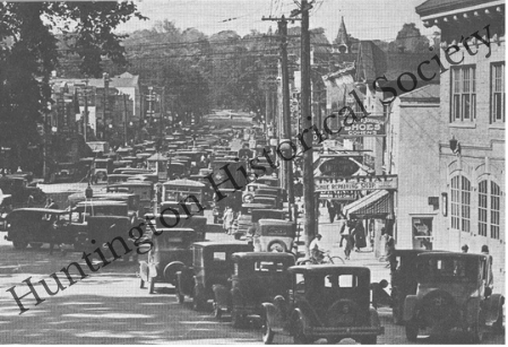







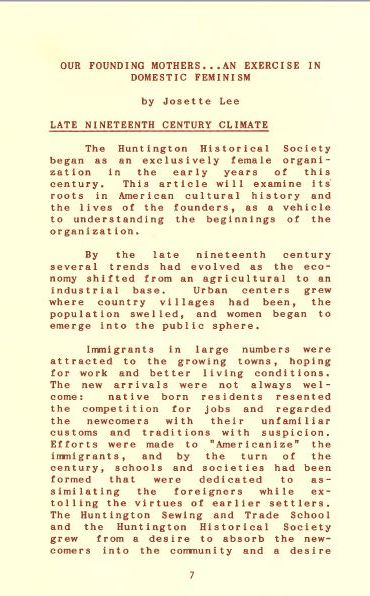



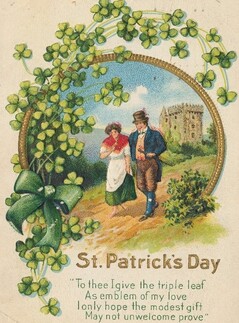


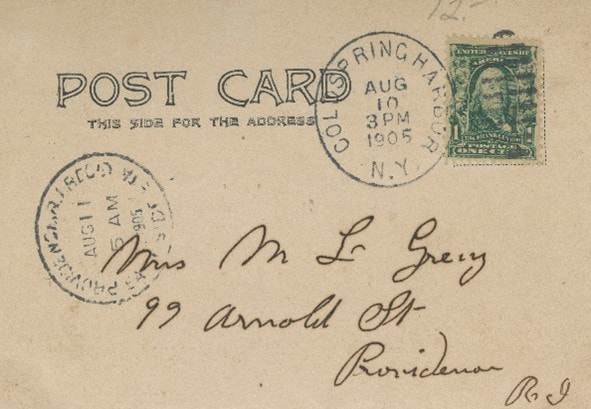

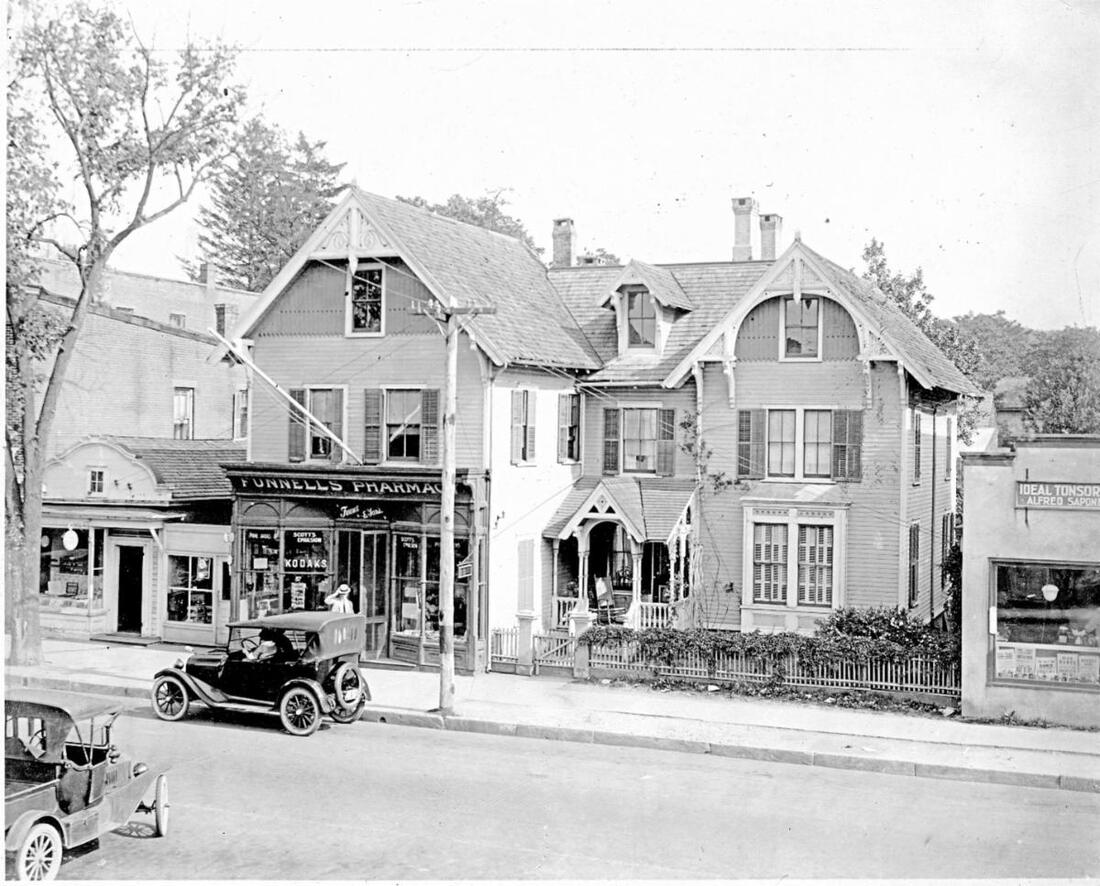
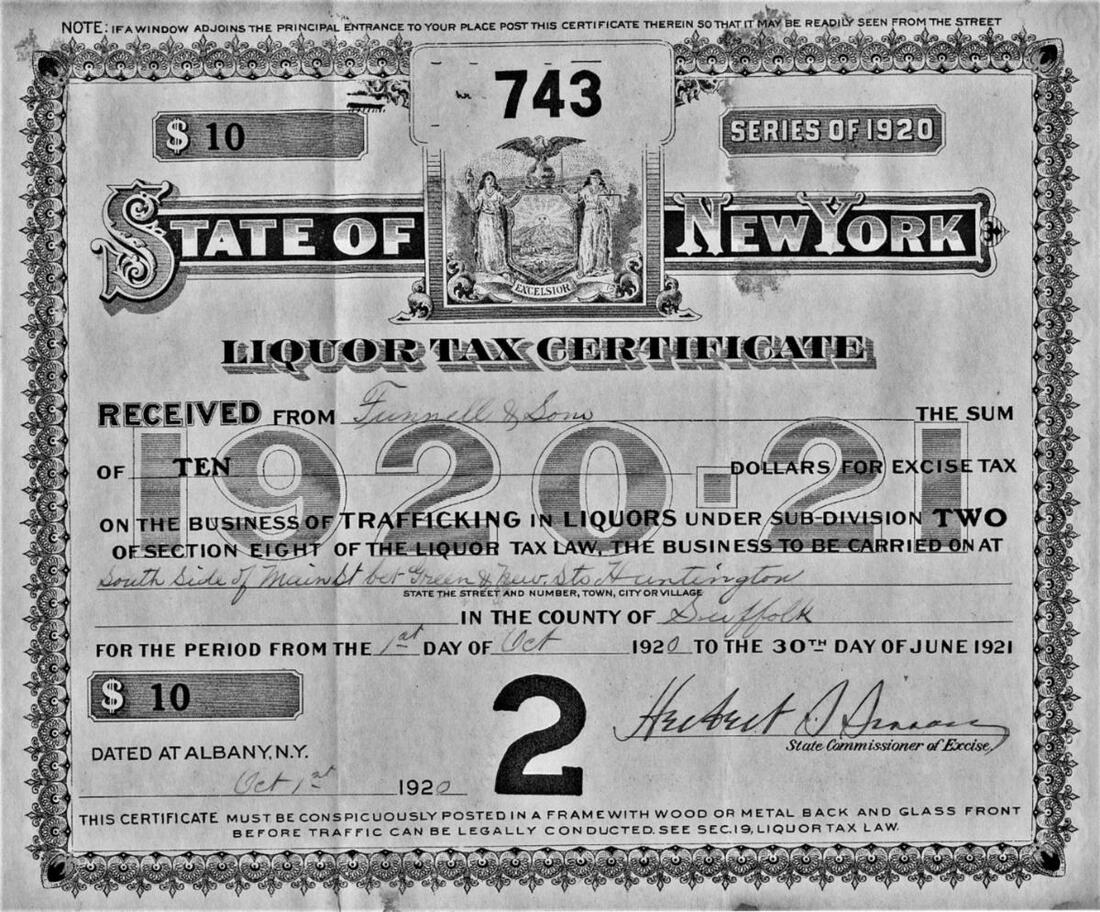


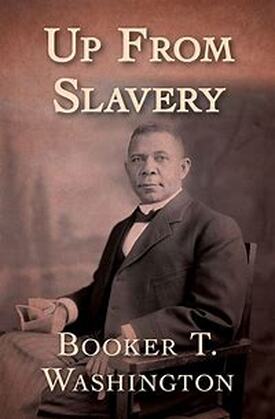





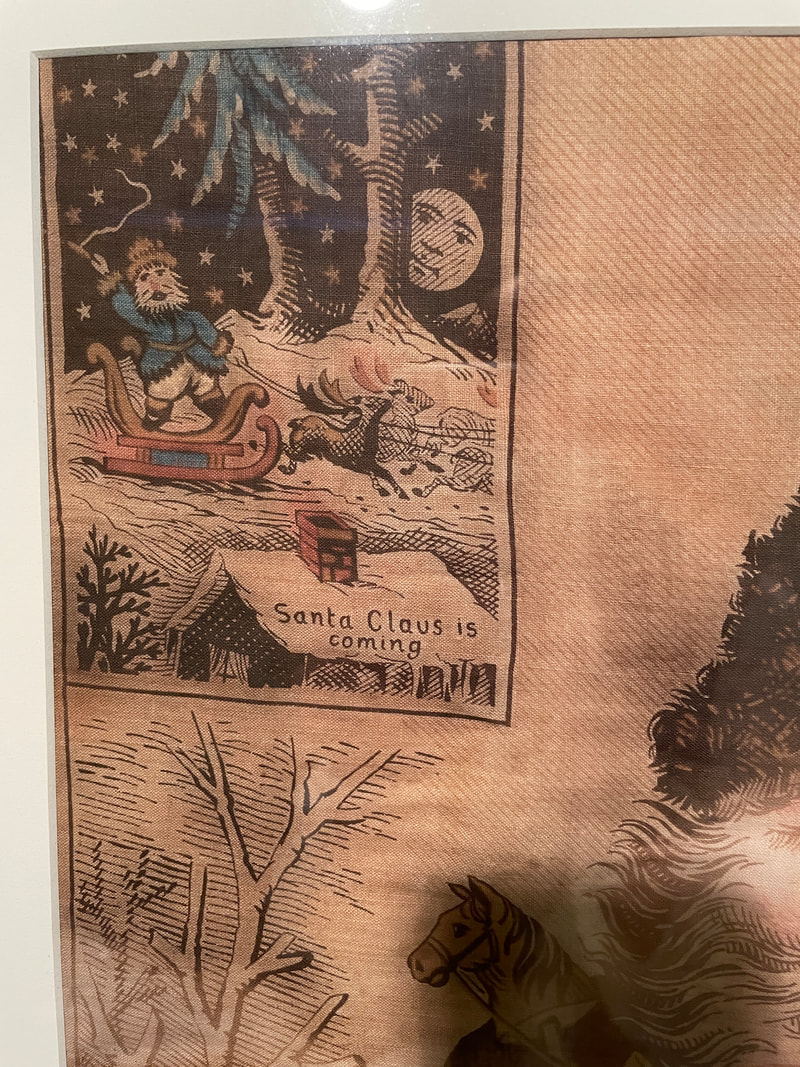


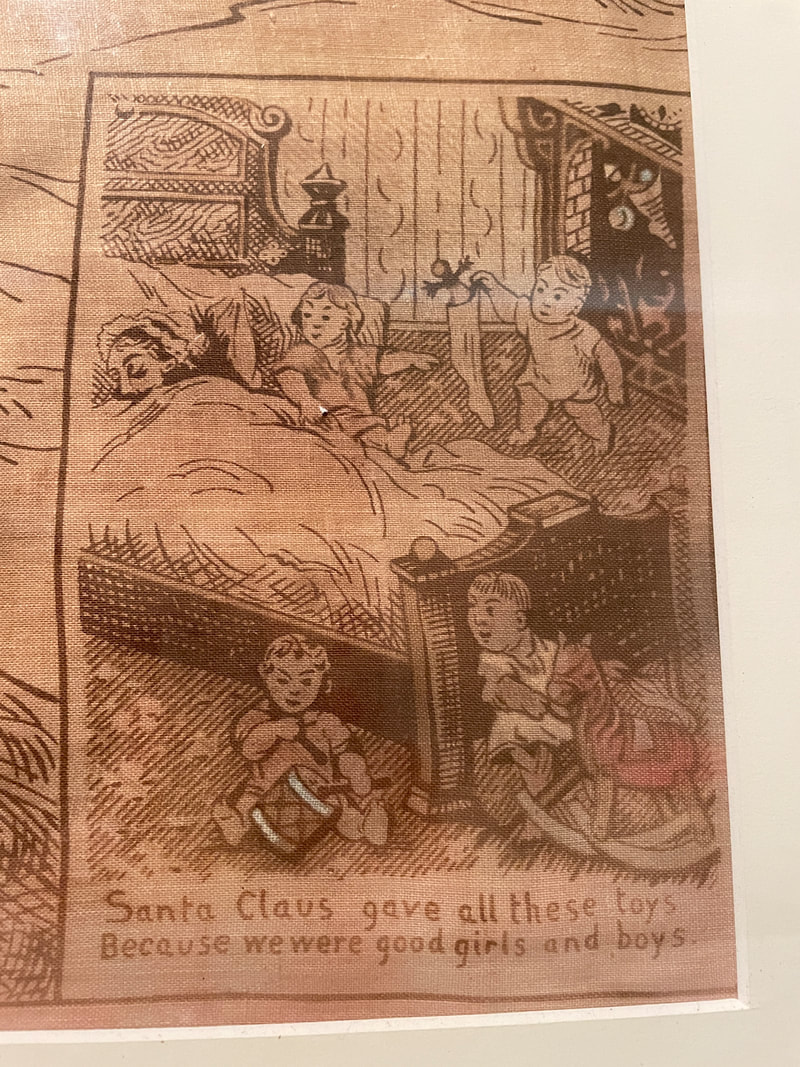








 RSS Feed
RSS Feed
